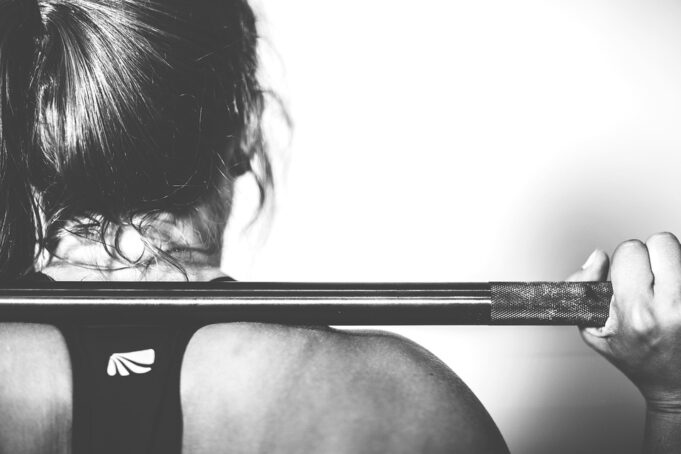Have you ever wanted to unleash your inner artist and create stunning sculptures from the comfort of your own home? Look no further! Sculpting with clay and ceramics is a fantastic way to express your creativity and bring your ideas to life. In this guide, we will explore the basics of sculpting with clay and ceramics, as well as provide tips and tricks to help you get started on your artistic journey.
The Basics of Sculpting with Clay and Ceramics
Sculpting with clay and ceramics is a versatile and rewarding art form that has been practiced for centuries. Clay is a malleable material that can be shaped and molded into a variety of forms, while ceramics involve firing the clay in a kiln to create durable and long-lasting pieces. Whether you’re a beginner or an experienced artist, sculpting with clay and ceramics offers endless possibilities for creativity and self-expression.
Materials and Tools
To get started with sculpting, you will need a few basic materials and tools. These include:
- Clay: There are many different types of clay available, each with its own unique properties. Some popular options include air-dry clay, polymer clay, and earthenware clay.
- Sculpting tools: A set of sculpting tools will help you shape and carve your clay with precision. Look for tools with a variety of tips and shapes to suit different sculpting techniques.
- Kiln (optional): If you are working with ceramics, you will need access to a kiln to fire your pieces. Many community centers and art studios offer kiln rental services for a fee.
Techniques and Tips
When sculpting with clay and ceramics, there are a few key techniques to keep in mind:
- Pinch pot: This technique involves pinching and shaping a ball of clay to create a hollow vessel. It is a great way to start sculpting with clay and can be used to create bowls, cups, and other simple forms.
- Coil building: Coil building involves rolling out long ropes of clay and stacking them on top of each other to create larger forms. This technique is commonly used for building vases, pots, and other cylindrical shapes.
- Slab construction: Slab construction involves rolling out flat sheets of clay and cutting them into shapes to assemble into a three-dimensional form. This technique is great for creating geometric shapes and intricate designs.
Getting Started
Now that you have an understanding of the basics of sculpting with clay and ceramics, it’s time to get started on your first project. Here are a few simple ideas to inspire your creativity:
- Create a small pinch pot bowl for holding trinkets or jewelry.
- Sculpt a miniature animal figurine using polymer clay.
- Build a coil pot vase for displaying fresh flowers in your home.
Remember, the key to successful sculpting is practice and patience. Don’t be afraid to experiment with different techniques and materials to find what works best for you. And most importantly, have fun and enjoy the process of bringing your ideas to life through clay and ceramics.
Future Advances in Sculpting with Clay and Ceramics
As technology continues to advance, the world of sculpting with clay and ceramics is also evolving. Researchers are exploring new materials and techniques to push the boundaries of traditional sculpting methods. One exciting development is the use of 3D printing to create intricate ceramic sculptures with unprecedented detail and precision. This cutting-edge technology allows artists to bring their visions to life in ways that were once thought impossible.
Another area of research is in the development of sustainable clay alternatives that are eco-friendly and non-toxic. With growing concerns about the environmental impact of traditional clay mining and production, researchers are working to create clay substitutes that are biodegradable and renewable. These advances hold great promise for the future of sculpting with clay and ceramics, offering artists new ways to create beautiful and environmentally conscious pieces.
As we look ahead to the future of sculpting with clay and ceramics, one thing is certain: the possibilities are endless. Whether you’re a seasoned artist or a beginner, there has never been a better time to unleash your creativity and explore the world of sculpting with clay and ceramics.




